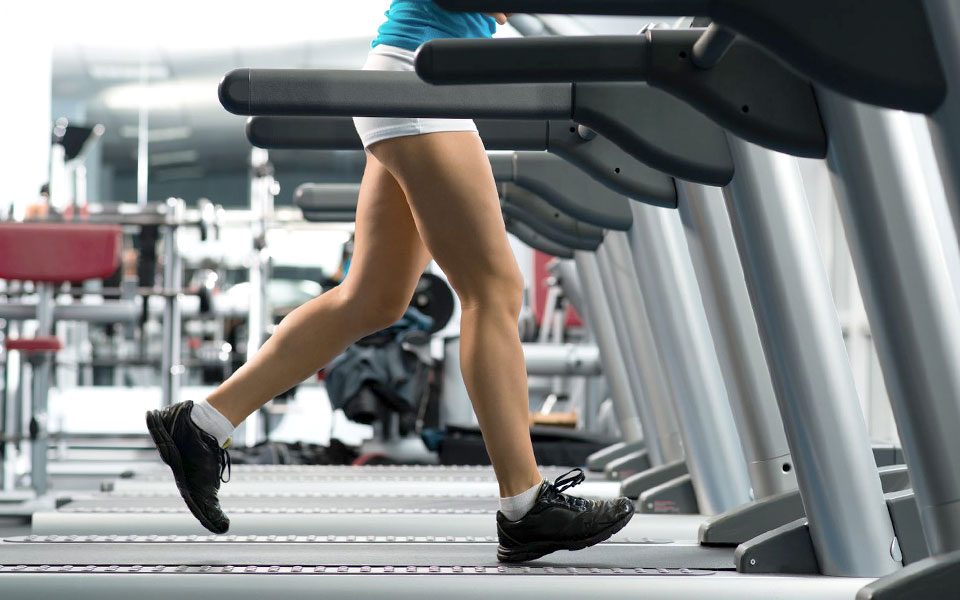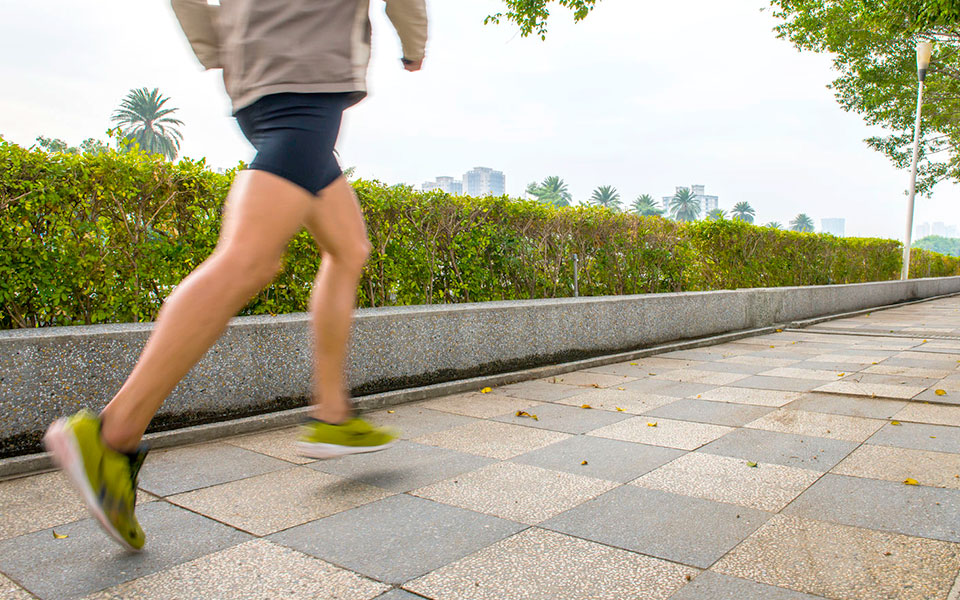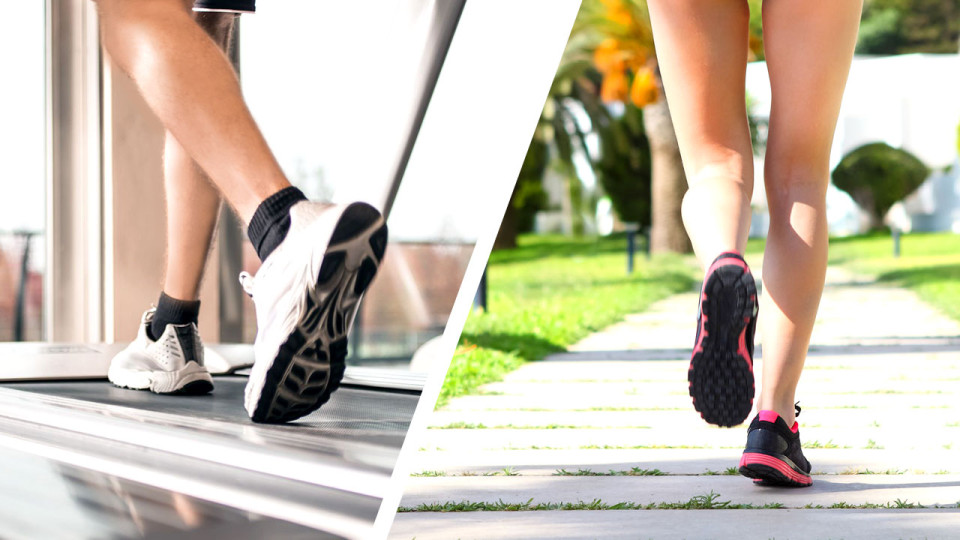There are almost always two main groups of people when it comes to running. Those who love the outdoors on one faction and the other who runs on a treadmill at their regular frequented gym. While training my client sometimes on treadmill in the gymnasium and at other times in the outdoors of Ang Mo Kio, I was posed the question: “Is there really a big difference?” What is then the difference in terms of pros and cons of each option?
Like my first article “HIIT training the alternative to long runs“, I will present the pros and cons of each. Then present some perspectives because there are the adventure/marathon runners and then there are the track and field runners.
For beginner runners please do read through the paragraph below before reading the main content:
Biomechanics of Running Sprinting and Long Distance
In general, as speed (of running gait) increases, the length of stance phase progressively decreases for walking and then for running and slightly decreases again for sprinting. The sagittal plane (big blade that cut our body in left and right half from top) motion increases as the speed increases. The body also lowers its centre of gravity with the increased speed by increasing flexion of the hips (hips tilting forward) and knees, as well as by magnifying dorsiflexion (making your ankle and toes point upwards) at the ankle point. As a whole, all advice here are in the context of a running stride.
Treadmill
On the treadmill there is slight impact absorption (if you have noticed, treadmills are always a little elevated from the ground, hence even those that aren’t designed to absorb shock still applies here), so you run on one constant terrain/surface. This protects your knees and as long as the condition of the machine is good. On the downside, it does not give you the variability nor challenge that you get outdoors like utilisation of ankle muscles for calves (Gastrocnemius) and thighs(quadriceps) eccentric strength for shock absorption and utilisation of hamstrings for forward propulsion.

Outdoors
In the outdoors, the terrain is not smooth (even the sports stadium track).The need for utilisation of muscles during the propulsion for moving forward is occurring every second you are moving forward. Suspension in the air is bad running economy and intuitively you will be able to learn that. In a nutshell, even the most seasoned treadmill runner in great shape will have difficulty running outdoors at same pace. This is also because the belt of the treadmill moves even as runner suspend in mid-air. With every further distance covered, the greater the “advantage taken” from the belt spin. Hence, one is highly discouraged to sprint on treadmills even if it is for loading because no treadmill (thus far) trains your initial propulsion and acceleration.
Climate
Encouraged times to run are before 7:00 p.m., when the trees start giving of oxygen instead of carbon dioxide. When you run on treadmill, especially in day, you miss on the vitamin D the sun gives. The temperature is also cool and hence this does not build you up for understanding your limits and when you might experience overheat and what gears to put on for outdoor runs.
Pacing
Pacing in banned in IPPT because it is the runners experience and proprioception skill if he or she can pace himself/herself properly then it is also physical aspect ability. Hence, it is quite straightforward that treadmills do not inculcate in you pacing skills. But for occasional loading of training pacers, especially if there is no coach, the treadmill will guarantee that you are running faster than your usual pace.
Conclusion
In conclusion, running and sprinting is best done outdoors, and treadmills can and perhaps even should be visited (especially for those without coaches/trainers) at end of the month/your training cycle for loading phase (i.e., the time of training to push your limits). What’s more, if you take a video of yourself (we don’t mean selfies here) throughout the process, it will help you understand your own forte and weaknesses as you view your own stride instead of imagining it. The safety of treadmill has its superior points especially if you already have runners problems like plantar fasciitis etc. or would like to keep running during your active rest phase (time of training for maintenance of limits of performance)
Summary of List of Benefits for Treadmill and Outdoor Running
Treadmill
- Good way to make sure you keep the pace
- Controlled environment
- Challenging for submaximal run
- Rain/shine it’s always possible to run
- Encourages persistence
Outdoor
- All run motion functional muscles used and conditioned
- Practical environment
- Safe and challenging for high-intensity “all out” run
- Good for running in the presence of the sun and at comfortable temperatures
- Encourages running economy

Food for Thought
A good combination is a mixture of two. But if you’re wondering which one should you be spending more time at, consider the following questions:
- Are you training for marathon? If so, outdoor is more practical.
- IPPT’s infamous 2.4km? If so, combination of the two. When it is time to load up on your speed/pace but you are without a coach, it is ideal to hit the treadmill.
- Sprinting? If so, outdoor is practical when you do your conditioning and training to maintain your running economy and coordination etc whereas the occasionally, the treadmill might be ideal to be your form review area (By self-videoing or occasionally watching mirror from side or front, your form).





